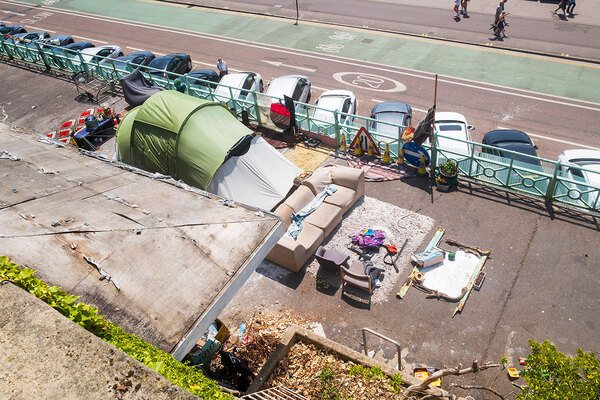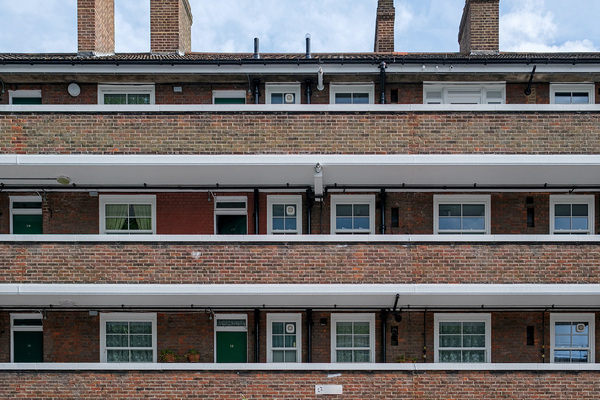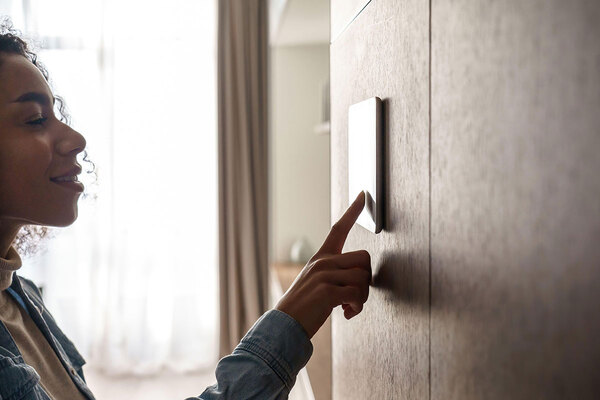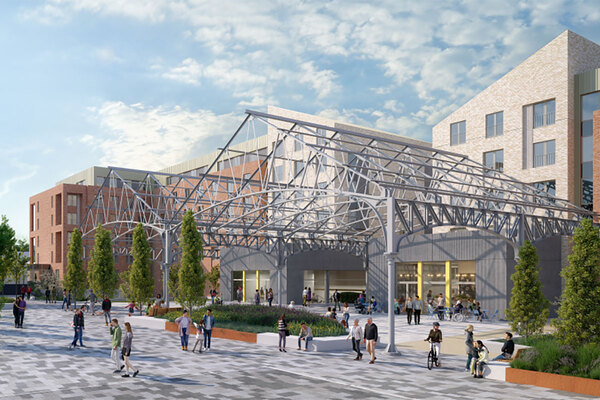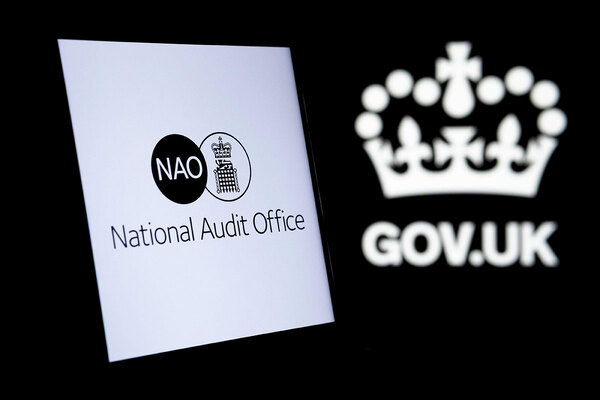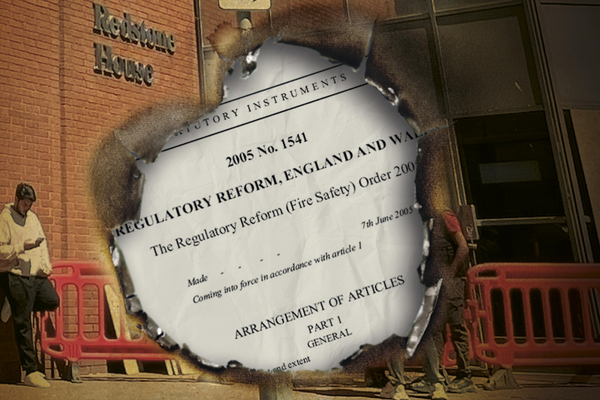You are viewing 1 of your 1 free articles
Decent Homes Standard reform: what do the changes mean for social landlords?
The government’s Decent Homes Standard is undergoing reforms that will affect all landlords, social and private. Imogen Farmer, solicitor apprentice, and Sarah Orchard, senior associate, both at law firm Bevan Brittan, explain what the changes mean for social landlords
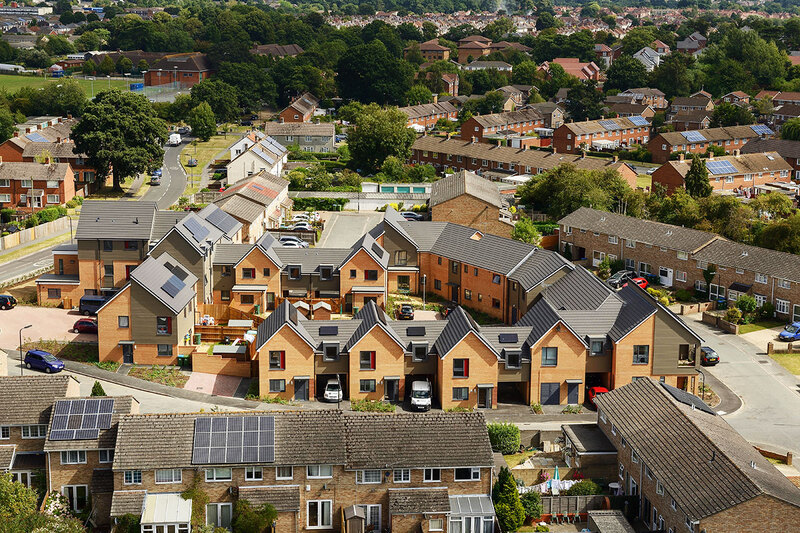
Learning outcomes
- Learn why the Decent Homes Standard (DHS) was introduced, and what it aims to achieve
- Understand how, when and why the government is reforming the DHS
- Learn the five key criteria that a dwelling will have to meet to comply with the proposed DHS
- Understand the implications of each criterion on social landlords
What is the Decent Homes Standard?
The Decent Homes Standard (DHS) was introduced by the government in 2001 (updated in 2006) with the aim to provide a minimum standard of housing conditions in social homes, including council housing and homes owned by housing associations. The DHS defined that for a dwelling to be considered “decent”, it must:
a. be free from health and safety hazards at the most dangerous “category 1” level (as assessed using the Housing Health and Safety Rating System (HHSRS);
b. be in a reasonable state of repair;
c. have reasonably modern facilities and services; and
d. provide a reasonable degree of thermal comfort
The open consultation
In July 2025, the government launched an open consultation to reform the DHS. Under the planned reforms, the DHS will apply to private landlords for the first time, in addition to social landlords. Notably, the government has declared that the DHS is no longer fit for purpose given the UK’s ageing housing stock and the modern expectations of tenants.
The reform is being introduced to the private rented sector as part of the incoming Renters’ Rights Bill, and will be considered in conjunction with the recently introduced Hazards in Social Housing (Prescribed Requirements) (England) Regulations 2025, more commonly known as Awaab’s Law.
The government aims for the new DHS to come into force by 2030 for all social landlords.
Enforcement
The consultation does not make any initial proposals as to the enforcement of the DHS – although it does request views on making it a future regulatory requirement. Social landlords are already responsible, within their tenant satisfaction measures, for annually publishing the percentage of their homes that do not meet the DHS, along with reporting any non-compliance to the Regulator of Social Housing. The potential outcome of making it a future regulatory requirement could, therefore, see potential regulatory downgrading if there were a failure to comply.
What changes are being proposed to the DHS?
The government is proposing five key criteria that a dwelling would have to meet to comply with the new DHS:
Criterion A: Meets the current statutory minimum standard
The current statutory minimum standards provide the legal threshold that a dwelling must be free from category 1 hazards (including fire, dangerous electrics, and severe damp and mould) as defined by the HHSRS. While the legal threshold will remain unchanged, the DHS reform will align with Awaab’s Law in terms of placing particular focus on making the statutory guidance more intuitive to use.
Implications for social landlords
Although social landlords’ responsibilities will not change under Criterion A of the DHS, it is imperative that they continue to actively monitor and respond to category 1 hazards. Failure to comply may result in landlords being subject to fines of up to £7,000, or even more for continued non-compliance.
Criterion B: Meets a reasonable state of repair
Criterion B focuses on a dwelling’s state of repair. A dwelling will be defined as “non-decent” if one or more of its key building components are old and in disrepair and/or two or more of its other components are old and in disrepair.
The government proposes to underpin how disrepair is measured by:
- removing age requirements and instead judging building components solely on their condition;
- expanding the list of building components that must be kept in reasonable repair; and
- updating the thresholds used to define whether a component is in poor condition
The government’s proposal guidance defines this as “removing age from the definition of disrepair so that building components don’t have to be old and broken to be in disrepair, only broken (poor condition)”.
Implications for social landlords
The impact will mean that social landlords need to consider the condition of their homes far more holistically, and proactively, instead of focusing purely on cyclical improvement programmes – which have previously been based on the age of such components – or on reactive repairs. Landlords will need to look at the integrity of the building such as its walls, roofs, windows, doors and heating.
Criterion C: Has reasonably modern facilities and services
Criterion C sets out the modern facilities and services that must be provided to tenants for a dwelling to meet the DHS. There is a clear move away from the age criteria for kitchens and bathrooms seen in the current DHS, and instead a focus purely on the space and layout of the facilities. The proposal is that a dwelling must provide at least three of the following facilities to be considered decent:
- a kitchen with adequate space and layout
- an appropriately located bathroom and WC
- adequate external noise insulation
- adequate size and layout of common entrance areas for blocks of flats
It is also proposed for the list of DHS essentials to be expanded to include:
- ventilation systems
- home security features – secure doors and windows
- digital connectivity
- waste management services
- floor coverings
- disability access
- communal area and neighbourhood quality
The proposals ask for landlords to specifically feed back to the government on which of these facilities might be challenging to achieve. The government also wishes to hear from tenants about whether they would prioritise certain facilities over others.
Implications for social landlords
In line with the consumer standards, set by the Regulator of Social Housing (RSH), landlords should already be able to show that they are aware of the conditions of the homes they let, and have records to prove it. These proposals further underpin this view.
Landlords should already be ensuring that they have assurance-based data, by making sure they have up-to-date stock condition surveys of the homes they let.
The proposed expansion of ‘essential’ DHS items (outlined above), to be included in this criterion, is likely to need landlords to revisit the way they survey their homes, and potentially the type of contractor that they need to obtain assistance from to meet this requirement.
The requirement to provide floor coverings from the beginning of a tenancy will be a significant change for many landlords. Organisations will need to review their practices around this, including budgets, void processes and communication sent to tenants (including letting procedures).
Criterion D: Provides a reasonable degree of thermal comfort
Criterion D requires dwellings to have efficient heating and effective insulation. The proposed update will align with the Minimum Energy Efficiency Standards (MEES) – which are currently subject to consultation – across both private and social rented sectors, by introducing a new metric based on reformed Energy Performance Certificates, as well as required programmable heating systems and fabric performances that meet Band C or better.
It is proposed that the government continues to exclude supported housing and housing for older people – for which landlords need to ensure adequate levels of heating.
The government is also exploring whether this new requirement should apply to some forms of heat network, and, if so, how that should be reflected.
Implications for social landlords
These proposals will further require landlords to delve into the finer detail of the homes they let, looking far beyond the installation of the actual heat source.
We envisage that, outside of the obvious financial investment needed, landlords will also need to ensure that households where vulnerabilities are present have their needs addressed in terms of training and education around new systems.
Criterion E: Is free of damp and mould
Criterion E is a new standalone requirement of the DHS and will focus on tackling damp and mould. The proposal is that:
- all dwellings must be free from damp and mould – regardless of severity
- landlords must take timely and effective action to prevent and remedy damp and mould issues
- enforcement will be guided by Awaab’s Law, which sets fixed response timelines for damp and mould complaints (see our previous article)
Implications for social landlords
It is unlikely to be a surprise to landlords that this is a proposed addition to the new DHS, given recent developments.
Landlords should already be well on their way in terms of preparing for the implementation of Awaab’s Law in October 2025. This new criterion seeks to complement those requirements and provide for greater regulation.
Meeting the standard
The consultation sets out how the government will apply an element of flexibility as to how the reformed DHS should be met. These factors include:
- where tenants refuse access – however, the government is emphasising that landlords will need to engage proactively with tenants, and has said that detailed guidance will follow;
- physical or planning factors which prevent compliance;
- exempting due to sale, demolition or planned regeneration;
- specific exemptions under MEES
Responding
The consultation is open until 11.45pm on Wednesday 10 September 2025. Responses can be submitted here.
Subscribe to Inside Housing Management and sign up to the newsletter

Inside Housing Management is the go-to source for learning, information and ideas for housing managers.
Subscribe here to read the articles.
Already have an account? Click here to manage your newsletters.
Latest stories
